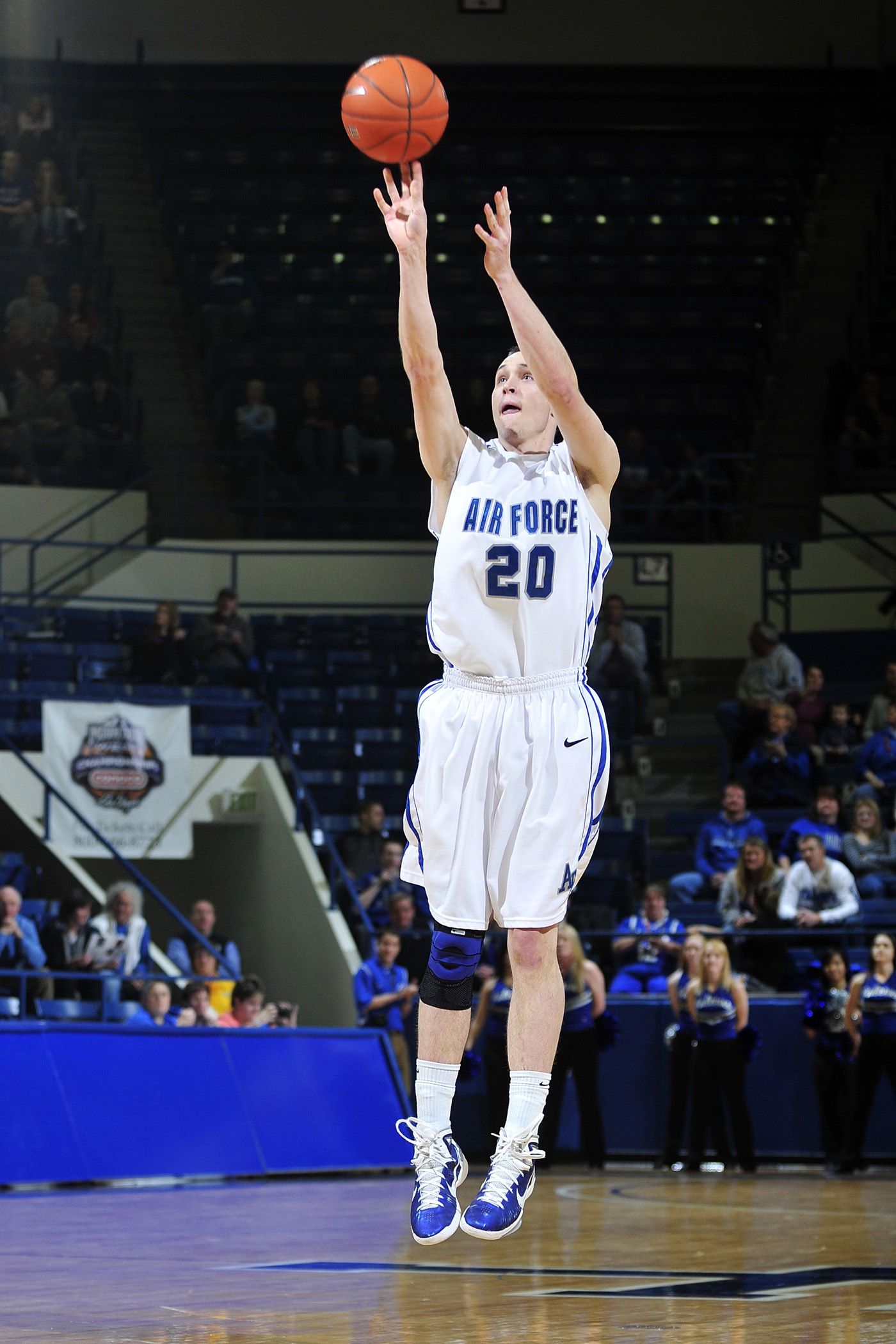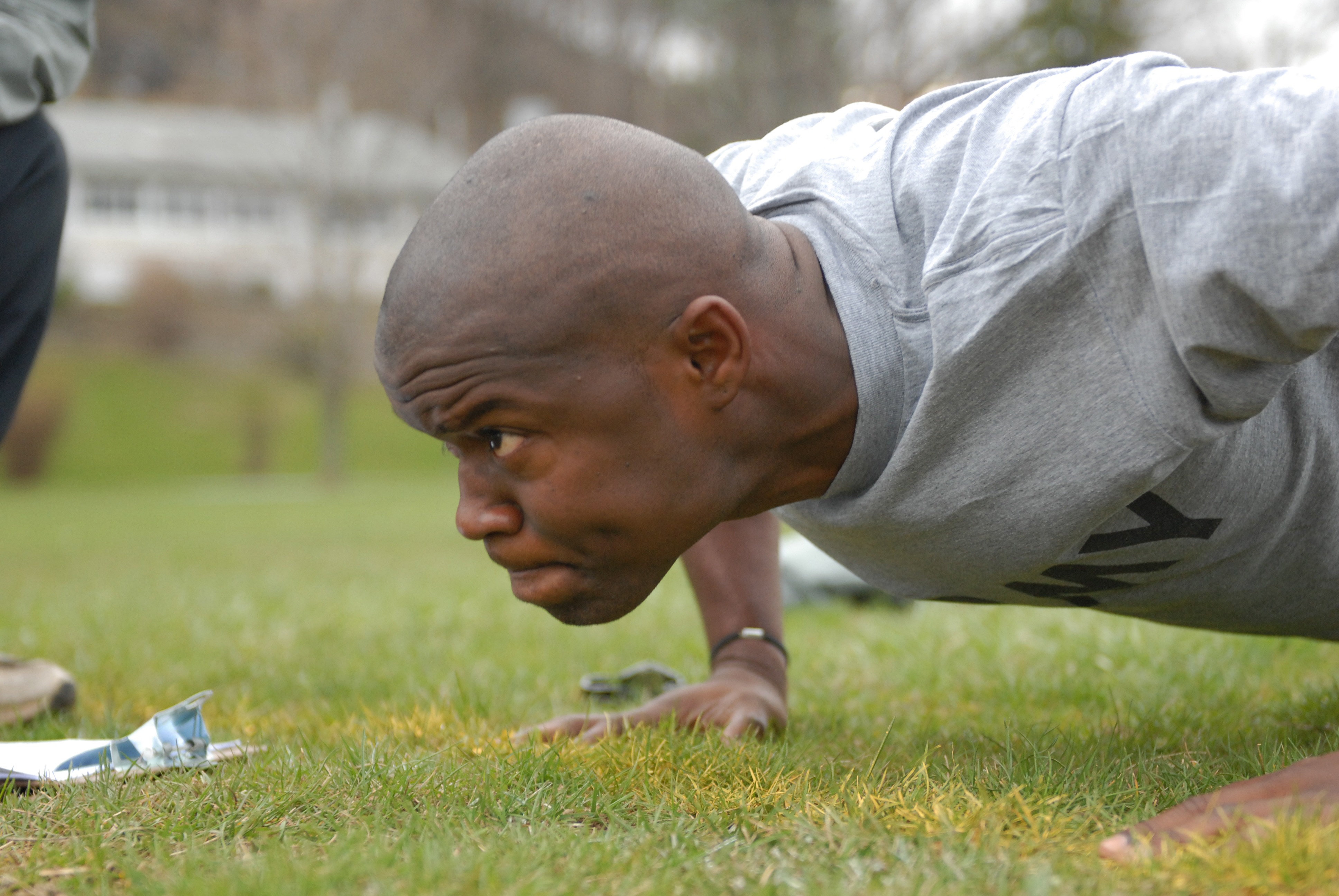In our last two posts ((http://www.cissik.com/blog/2017/01/power-development-part-i-foundations/ and http://www.cissik.com/blog/2017/02/power-development-part-ii-cautions/ ) we covered background information behind training for power as well as cautions with it. With this post we’ll cover some principles behind program design when it comes to power training.
In terms of principles:
- It’s a skill
- You have to train explosively
- Train it outside the weight room
- Prioritize it
- Train it realistically
- Technology is great, but…
It’s a skill
I’ve included this in both of the last two posts. I realize that we get beat down in school with the idea that power is a component of fitness. But, it’s something that we have to practice to become good at. Like any physical skill, it takes thousands of repetitions to improve. This mean that power has to be trained year round, it may not be a priority or a major focus year round, but some power training has to be conducted year round for the athlete to maintain and improve the skill.
You have to train explosively
If the idea is to learn how to exert force quickly, it’s something we have to do in training to get better at. An untrained individual can become better at this just by becoming stronger, but as someone becomes more trained this will not be enough. This means that athletes have to perform exercises that are explosive. In other words, the athlete has to train explosively to become better at being explosive.
Train outside the weight room
Some athletes have difficulty mentally connecting what they do in the weight room to what they do in the sport. Because of that, it’s important that power training be more than just the Olympic lifts and their variations. Plyometrics and medicine ball throws are great ways to connect what is being done in the weight room to what has to be done in the sport.
Prioritize it
Like everything else, if it’s important then it needs to be treated like a priority. Often we do a few sets of power cleans or some box jumps and figure that we’ve trained for power. This is not enough. I’ve gotten to the point where if I have three days a week with athletes, one of them will be a power-oriented day. The table below is an example of how this works.
| Day One | Day Two | Day Three |
| Back Squats, 3×4-8×80-90%
Romanian Deadlifts, 3×4-8 Bench Press, 3×4-8×80-90% Bent-Over Rows, 3×4-8 Military Press, 3×4-8
Sprints: Acceleration focus |
Power Snatch, 3×3-6×70-80%
Power Clean, 3×3-6×70-80% Kettlebell High Pulls, 3×3-6
Plyometrics |
Split Squats, 3×8-12×70-80% each leg
Lunges, 3×8-12 each leg Good Mornings, 3×8-12 Reverse Hyperextensions, 3×12-15
Sprints: Maximum velocity focus |
Table: Sample week, illustrating how to prioritize power training by having a day dedicated to it.
Train realistically
If I’m training Olympic lifters, then I need to focus on perfect technique. This requires a low volume and complete recovery between sets. This condition does not exist in other sports. Football players in the fourth quarter are fatigued, stressed out, and subject to the elements – in other words not perfect conditions. Yet, they still have to be explosive. This is true in just about every other sport outside of Olympic lifting. This means there is a need to prepare athletes to be able to be explosive when fatigued rather than training for the ideal. Some thoughts for this include:
- Putting the power training at the end of the training session
- Performing sprints before weight room work and plyometrics
- Higher volume on power training
Remember, most athletes are not Olympic lifters – they are using the Olympic lifts to help make them more explosive at their sport.
Technology is great, but…
You can now measure and chart the velocity of every single lift in the weight room. On the one hand, this provides instant feedback about the repetitions. On the other hand, is it useful? We still have the difficulty of translating those weight room measures to sports performance. As I covered before, it’s a challenge sometimes for athletes to connect what they do in the weight room to what they do in the sport, by focusing them excessively on these weight room numbers we may be distracting them (or their coaches) on something with dubious value.




